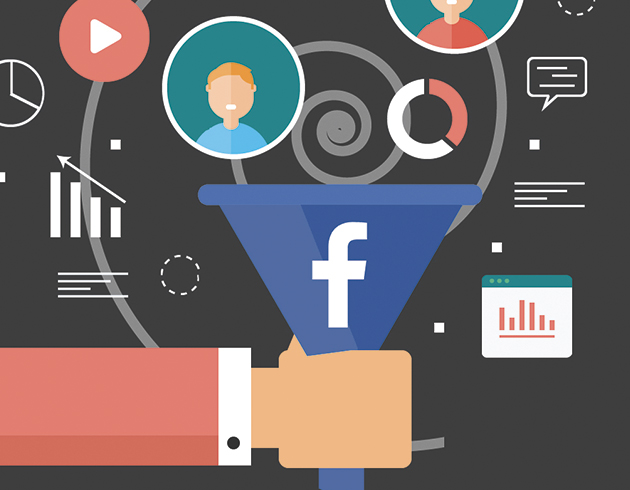Social media marketing may not take up the largest slice of your marketing budget, but it certainly warrants being in a marketer’s mix—and for good reason.
Boosting posts and advertising on Facebook, for example, provides several advantages for marketers, including relatively low cost and fairly precise targeting strategies (by demographics, interest or location). You also get pretty sharp data and metrics so that you know how many times your ad appeared in news feeds and how many people who saw it actually clicked the link.
It gets better. Facebook provides the advantage of getting back in front of those who have shown an interest in your offer or ad. Relying partly on digital strategy and partly on human nature, retargeting is considered one of Facebook’s most effective strategies. Research shows that 58% of consumers surveyed said they usually notice online ads for products they’ve already checked out. This is how you get their attention.
If you boost a video or create a lead-generating ad, you can follow up with engagement-based remarketing, nurturing those who’ve shown interest. So, if someone viewed your video or opened it but didn’t submit a lead form, you can create a custom audience based on engagement—meaning they viewed, clicked or otherwise engaged with you on the platform. You can also create a targeted audience comprised of those who visited your website through a Facebook post link.
Thus, you are nurturing leads through a Facebook ad funnel that reaches out again to those who’ve already engaged. Plus, you can also use these custom audiences as seed audiences to create “lookalike audiences.” In that case, you’ll be reaching out to more people similar to those who have expressed interest.
To start your Facebook funnel marketing, choose a good objective for your initial ad. And think smaller than your end game. Though you ultimately want prospects to click to your website and complete a form for a service appointment, an easier-to-reach objective can help you build your engagement. Viewing a video or just clicking the link to scan your landing page are examples.
Conversions don’t have to be “schedule an appointment” but can be small steps along the way that increase engagement and exposure. With these micro-conversions, you’re not only nurturing a lead into your funnel but also helping Facebook collect data. As interaction increases, Facebook can better understand the type of audience you are seeking.
Instead of picking a campaign type that goes straight for conversion, you could opt instead for a video funnel. Facebook will help you pick an audience most likely to watch a video. Then, as prospects take a step toward viewing all or part of your video, you can retarget based on whether or how much they watched.
With your first video in the funnel, you can build awareness. Don’t try to sell right away to people who aren’t ready to buy from you, but warm up a cold audience with educational content. Put on your advisor’s cap, teach viewers something of value and begin establishing credibility and authority.
With a second video, you can retarget to an audience who has interacted by liking a page, viewing a video or clicking an ad. Now that they’re “warmer,” you can move toward a product or service offer with an incentive for response.
The next retargeting video can be an offer reminder and a push toward conversion that takes them more deeply into your funnel. The call to action is completing a website form or scheduling an appointment. Then you have expressed interest plus contact information.

